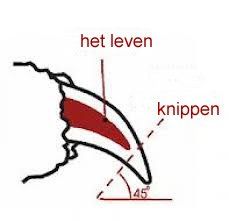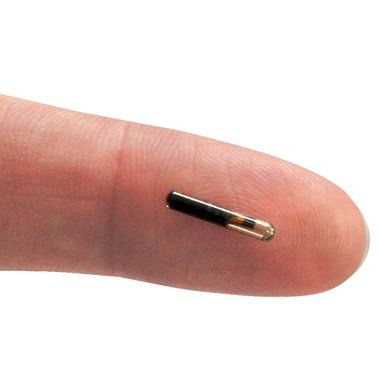Cats are hunters and therefore have sharp nails and teeth. A cat can react fiercely, especially when playing. Keep that in mind. Always keep an eye on the interaction between your children and the cat. You can cut sharp nails by shortening the tips of the nails with special nail scissors. This works best when this is done from a kitten.
Care
coat care
Cats take care of their own fur by licking it regularly. Most cats/breeds need extra help with grooming by combing and/or brushing them. However, this is not necessary with the Bengal and it is even discouraged. The Bengal has no undercoat and therefore hardly sheds. They do not undergo a moulting period. When you brush or comb a Bengal a lot, you stimulate the loosening of the hair. In that case, they will actually lose hair. If you still want to do something to remove loose hair, a damp cloth or chamois works very well. Remove the cloth slightly moistened over the fur and rub away all loose hairs at that moment. It is also important to regularly check your cat for all kinds of things, such as the presence of fleas or ticks, wounds, or excessive earwax. The latter could indicate ear problems, such as mites or an ear infection. Never use cotton swabs. Teeth Cats can get dental problems. Try to keep an eye on whether a lot of plaque builds up and whether the cat has tartar. In that case, the vet can clean the teeth if necessary to prevent problems or you can adjust the diet. Food in which the teeth have to work more and less plaque remains behind. nails
Chip
Toxic "Many things, plants or substances that are harmless to us, can be toxic to pets." Blood in the stool or vomiting can change for poisoning, as can a hard feeling in the stomach and other stomach complaints, such as gas. A poisoning, on the other hand, can be treated well by a vet, so if you are on time, the vet can completely patch up your cat. Cats sometimes like to eat grass or plants. Please note, because some (house) plants are poisonous to cats. It is therefore better to offer cat grass. In addition, a number of substances, plants or things that are harmless to us are toxic to cats. A number can be found here, please note that this list is not complete. When in doubt, always check whether it is safe for the cat. FOODS Many types of food that people often eat are very harmful to cats. You can think of almond kernels, apricot kernels, chocolate, garlic, onions, tobacco, rhubarb, leek, corn, mushrooms, avocado, walnuts, corn, grapes, raisins and potatoes. Please note these are just a few examples, always check whether a plant or substance is harmful! Houseplants: Agave (Agavaceae). Amaryllis (Hippesastrum) Azalea (Azalea japonica) Clivia (Clivia) Dieffenbachia (Araceae) Hole plant (Monstera) Sansevieria (Trifasciata) Finger plant (Fatsia japonica) Yucca (Filamentosa) Zamioculcas VEGETABLES and FRUITS: Potato (Solachynums) Asira) (Asparagus) Avocado (Persea americana) Chives (Allium schoenoprasum) Kidney/white beans (raw) Leek (Allium porrum) Shallots (Allium cepa) Tomato plant Onions (Allium cepa) Walnuts (Juglans regia) TOXIC SUBSTANCES: Cocoa products Mustard Mouse venom, rat poison Weed killers Fertilizer granules Vinegar Cigarettes/tobacco Dishwashing liquid (hand and machine) Antifreeze liquid Food and drinks Do not place the drinking bowl next to the food bowl: cats like to drink in a different place than they eat. The food and water bowl must be easy to clean. The cat is a carnivore by nature and needs animal food. A vegetarian diet is therefore out of the question. When buying a kitten, it is recommended that you buy the same food that the breeder feeds. A cat naturally eats several times a day. Therefore, feed adult cats at least twice a day, but preferably more often. Giving small amounts of food more often during the day fits in better with the cat's natural diet and prevents the cat from feeling hungry between meals. Animal feeds that say “complete” or “complete” on the packaging are guaranteed to contain sufficient nutrients. Supplementing with nutrients, such as vitamins and minerals, is then not necessary. You can also buy food at pet stores. There are different types of food: chunks, cans, tubs and fresh or from the freezer. Always let the food come to room temperature first. Do not feed your cat fried, roasted or cooked poultry (such as chicken) bones as cooked bones can shatter. Raw this is not a problem. Also, do not feed raw pork. Other raw food may be fed.



